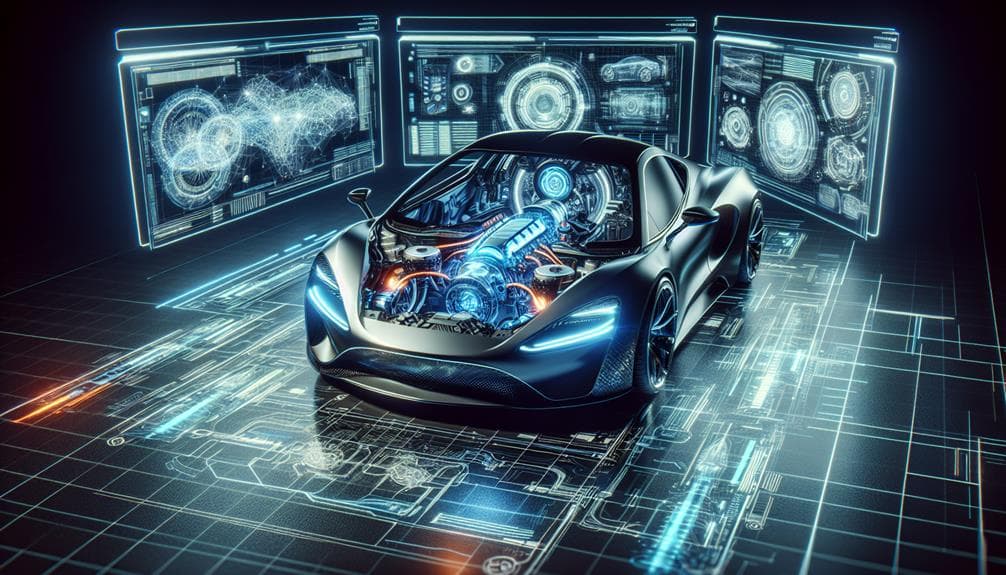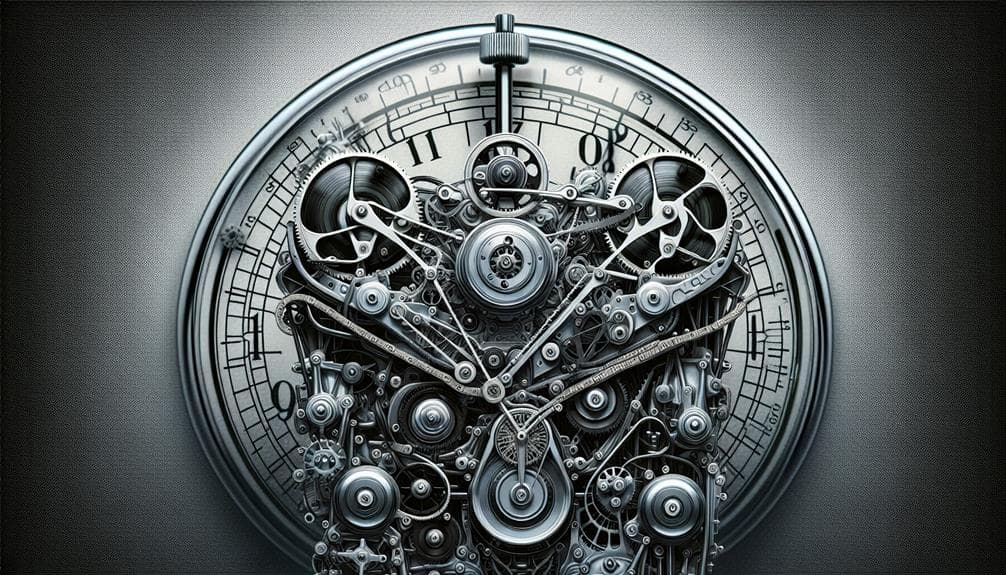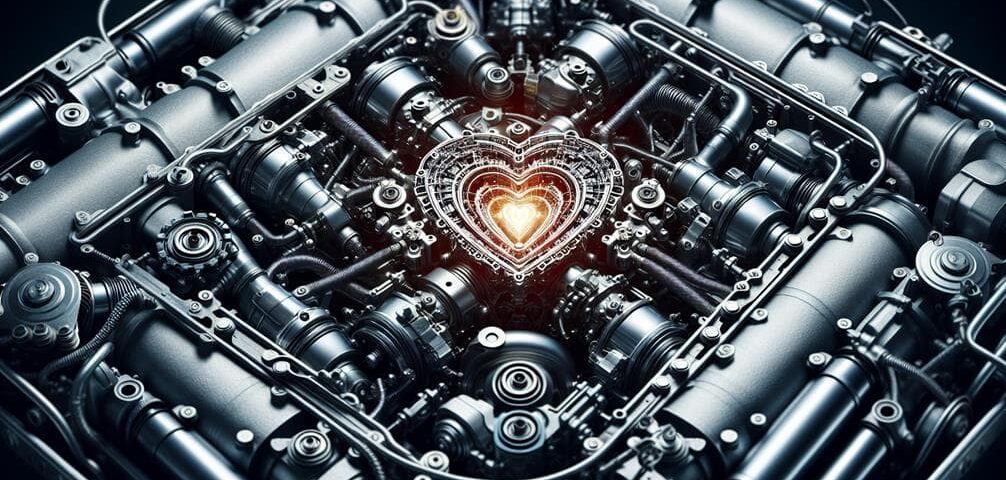
Revolutionizing Performance: Advanced Engine Technologies in Modern Vehicles
February 2, 2024
Timing Is Everything: the Critical Role of Timing Belts and Chains in Engine Performance
February 2, 2024In the realm of automotive engineering, the engine indisputably functions as the beating heart of any vehicle. This intricate machine, with its myriad components and complex mechanisms, stands as an exemplar of both mechanical ingenuity and the relentless pursuit of performance enhancement. As we embark on this analytical journey into the depths of auto mechanic , we will meticulously dissect the core elements that constitute an engine, from cylinders and pistons to spark plugs and crankshafts. We shall further explore the advanced technologies that continue to evolve within this sphere, offering insights into how these innovations are redefining the parameters of engine efficiency and power. In doing so, the discourse shall illuminate the profound interplay between engineering principles and practical application, a dynamic interaction that propels the constant evolution of automobile technology. Hold onto your curiosity, as we are merely at the cusp of this enlightening exploration.
Understanding Basic Engine Components
In the intricate realm of car engine mechanics, understanding the fundamental components of an engine is a crucial first step towards grasping the sophisticated operation of these machines. Simplistically, an engine is composed of a cylinder head, pistons, a crankshaft, connecting rods, and a timing mechanism. The cylinder head houses the combustion chambers and valves which control the intake of air and fuel, and the expulsion of exhaust gases. Pistons, attached to the crankshaft by connecting rods, move up and down within the cylinders, converting linear motion into rotational motion, propelling the vehicle. The timing mechanism ensures these components work in harmony. Gaining a firm grasp on these basic components provides a solid foundation for comprehending the complex interplay of systems at work within an engine.
Advanced Engine Technologies Explored
Delving deeper into advanced engine technologies, we encounter sophisticated systems like variable valve timing, direct fuel injection, turbocharging, and hybrid drive technologies, all of which contribute to enhanced performance, fuel efficiency, and emission control. These mechanisms, integral to the functioning of modern vehicles, are increasingly becoming the standard in automotive engineering.
– Variable Valve Timing (VVT): This technology adjusts the timing of the intake and/or exhaust valves to optimize engine efficiency.
– Direct Fuel Injection (DFI): DFI sprays fuel directly into the combustion chamber, improving combustion efficiency.
– Turbocharging: By forcing extra compressed air into the combustion chamber, turbochargers increase engine power without increasing its size.
– Hybrid Drive Technologies: These systems combine traditional combustion engines with electric motors, significantly improving fuel efficiency and reducing emissions.
Conclusion
In conclusion, the intricate heart of a vehicle, the engine, is a marvel of auto mechanic. Its complex components and advanced technologies work harmoniously, driving the very essence of our transportation. As we delve into the inner workings of this remarkable machine, we uncover a world of precision, innovation, and ceaseless evolution. The engine, thus, symbolizes mankind’s relentless pursuit of progress, accelerating us into the future.





